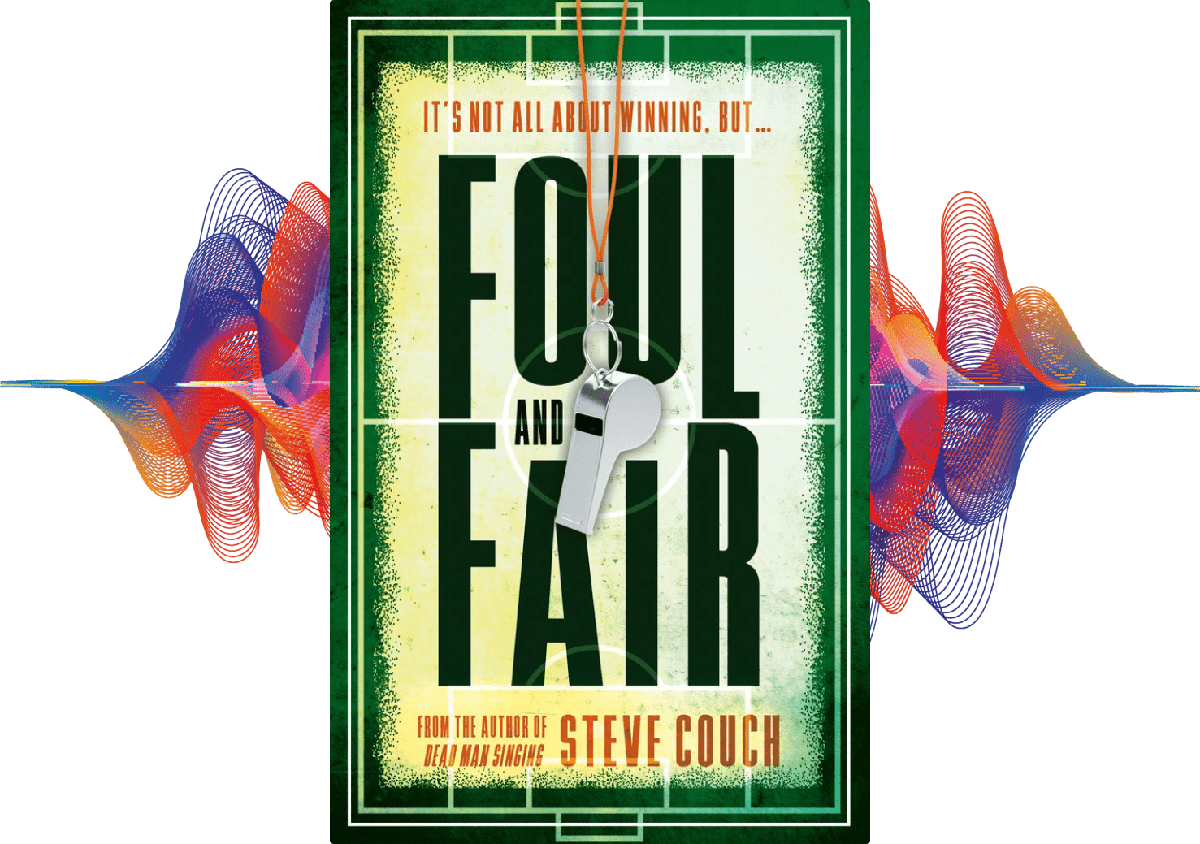
A-Z of Foul and Fair: M
297 days ago
M is for Macbeth,
My original concept for the book – Roy of the Rovers meets House of Cards – carried an element of Macbeth imagery already, due to parallels between Shakespeare’s tragedy and the political power-grabbing drama. There were always a lot of literary references in my text, a natural fit given James’ role as an English teacher, but during a major reworking I decided to lean more heavily into Macbeth. I had already worked out that I needed a character to fulfil Hayley Birnham’s role, and her surname became another way to riff on Shakespeare, along with numerous place names throughout the book. The pub where Stoneleigh YFC hold their committee meetings is the Thane of Cawdor, with meeting rooms named Glamis and Dunsinane, the latter providing the location of the climactic showdown between James and rival Kieran. As with the many footballing references - and, for that matter, the musical ones in Dead Man Singing - you don’t need any prior knowledge to enjoy the story, but if you are familiar with the Scottish play and a few other select literary works, you might get an added dimension of pleasure in your reading.
M is also for Martin Pike, Hayley’s sometime partner on the beat and the most prominent character in the book (other than James Hogan) to bear the name of an ex-Fulham player. Back in the early 1990s when I was a regular on the Hammersmith End, Martin Pike was our first choice left-back for several years. It wasn’t a high achieving period in Fulham’s history, but Martin Pike was one of the players who could always be counted on to roll his sleeves up and dig in. On the numerous occasions when the team needed a collective kick up the arse, Pike (along with Simon Morgan and Jeff Eckhardt) was generally one of the first to administer that kicking. Every football team needs a Martin Pike, and he is remembered fondly.
There are no comments yet, be the first to comment...
Your comment will first need to be approved before it is visible.